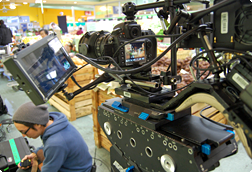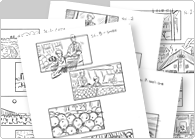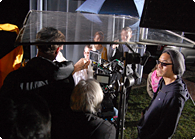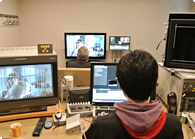
Global Support for Professionals

The need for continuity in motion picture photography generally requires more processes than in still photography. Feature films in particular usually entail documentation of the scenario, script, budgets, and much more. All of this information is necessary to produce the project content, research and preparation for actual photography, and make arrangements for equipment, techniques and procedures employed during actual filming, the number of people involved on the set or on location, and so on. Everything is more complicated and involves many more processes than for a still shooting project.
In this section, we document how film maker Cellin Gluck and cinematographer Andrzej Sekula, two veterans of many Hollywood productions, used Nikon D800 cameras to shoot a short movie called "Through The Lens" in Los Angeles. This documentary demonstrates how professionals shoot a movie, explains the processes, and shows that the Nikon D800 has what it takes.
"Through The Lens" was planned and executed to show how a feature film is made. The production flow is full-scale, very close to that of a Hollywood movie. Moviemaking can be divided into three processes: pre-production, production, and post-production. Only after each process is completed in turn is the film ready for its audience.


